Group: Patients and general interest
Description:
Video Interview with long-term ABPA patient who coughed up large sputum plugs. This patient had several episodes of pneumonia and developed bronchiectasis after diagnosis for a collapsed left lung. She was treated with inhaled corticosteroids and bronchodilators and progressed well. She was later diagnosed with possible ABPA (aspergillus precipitins were negative), after producing a large sputum plug which was positive for aspergillus hyphae. Her main symptoms were severe coughing with production of clear sputum. In December 04 her coughing became very severe and she coughed badly for 7 months. Her treatment was modified to include itraconazole (400mg/day solution- she required a higher dose than normal as she was taking other medication which reduced it’s absorption). 8 weeks later she started very severe bouts of coughing over 3 days – which produced a large number of small mucous plugs, finally a very large plug (resembling a piece of grey chewing gum) was coughed up. After this, the coughing subsided and the patient felt well and a chest X-ray at this time showed a significant improvement with clearing of shadows from the right lower lobe. Itraconazole levels have been reduced to 300mg per day and steroid intake reduced. The patient remained well in July 2007. We thank the patient for kindly providing this interview.
Medical and Patient education videos
-
Title
Description
-

Fungi are eukaryotic organisms which possess a unique cell wall and cell membrane that can serve as targets for antifungal agents. The echinocandin class of antifungal agents target the cell wall of fungi. Watch this animation for more information.
-
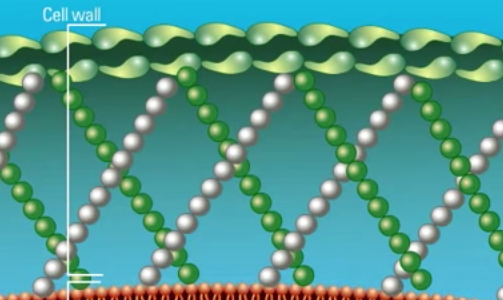
Fungi are eukaryotic organisms which possess a unique cell wall and cell membrane that can serve as targets for antifungal agents. Polyene antifungal agents such as Amphotericin B target the fungal cell membrane. Watch this animation for more information.
-

Fungi are eukaryotic organisms and are not related to bacteria. As eukaryotes, they contain membrane bound organelles and possess a cell membrane surrounded by a rigid cell wall. Watch this animation for more information on the unique structural properties of fungi.
-
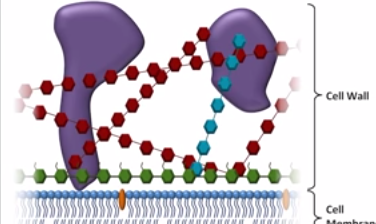
A review of antifungals, focusing on amphotericin B, azoles, and echinocandins. Structure, mechanism, spectrum of antifungal activity, common clinical uses, and common side effects/toxicities are all discussed. (April 2015)
-
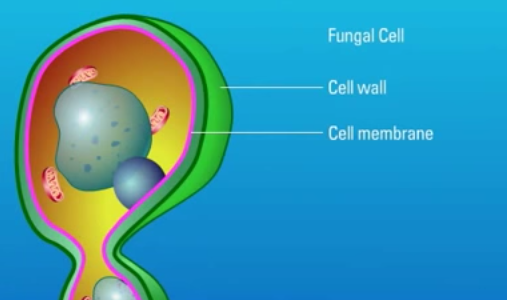
Fungi are eukaryotic organisms which possess a unique cell wall and cell membrane that can serve as targets for antifungal agents. Polyene antifungal agents such as Amphotericin B target the fungal cell membrane.
-
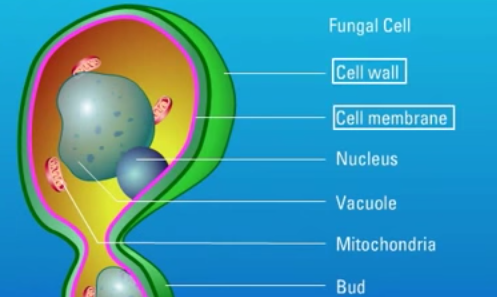
Fungi are eukaryotic organisms which possess a unique cell wall and cell membrane that can serve as targets for antifungal agents. Polyene antifungal agents such as Amphotericin B target the fungal cell membrane.
-
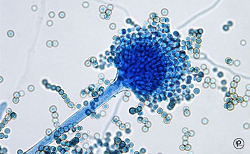
Healthy Buildings 2015 Europe – Eindhoven, The Netherlands
-

Healthy Buildings 2015 Europe – Eindhoven, The Netherlands
